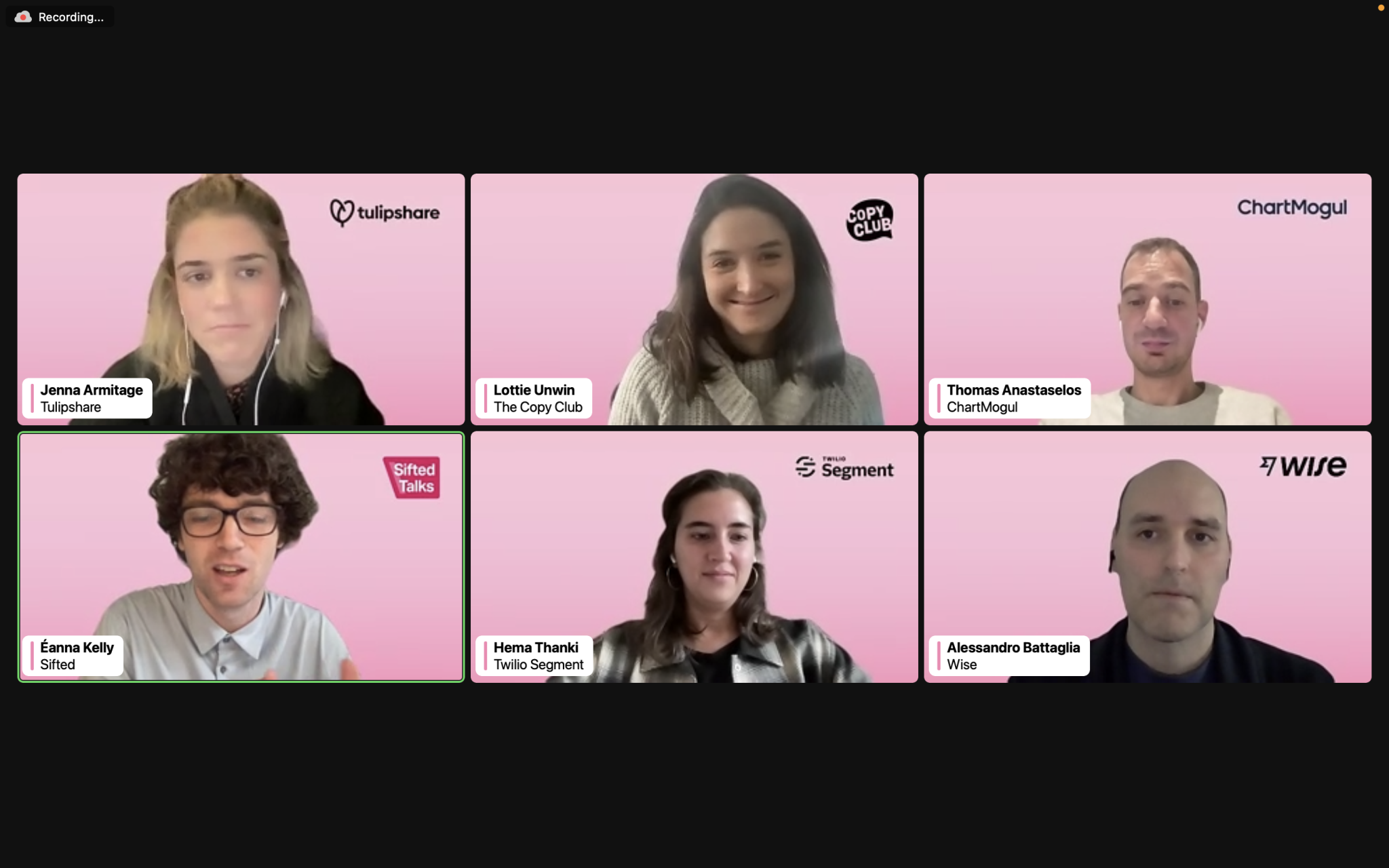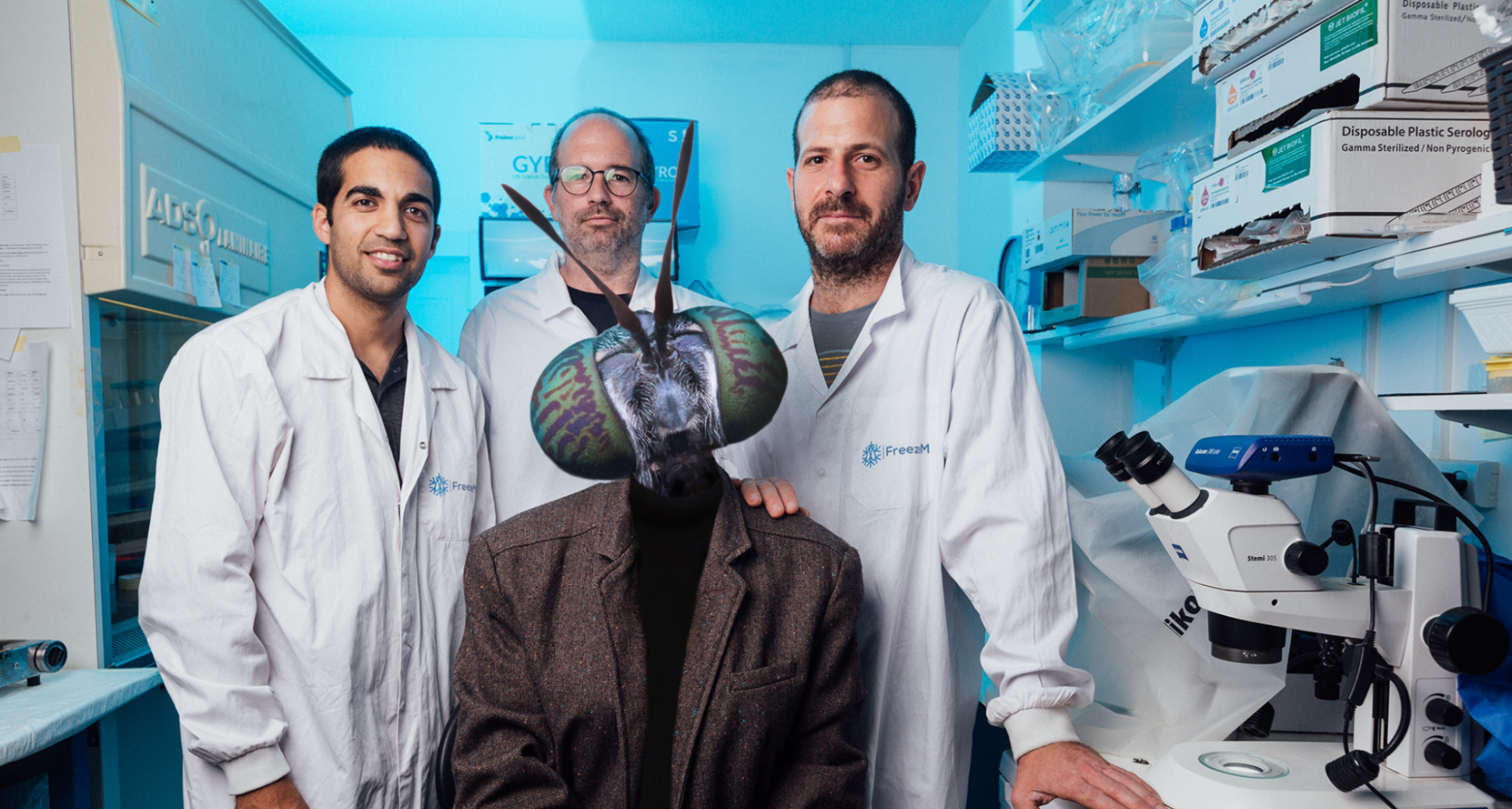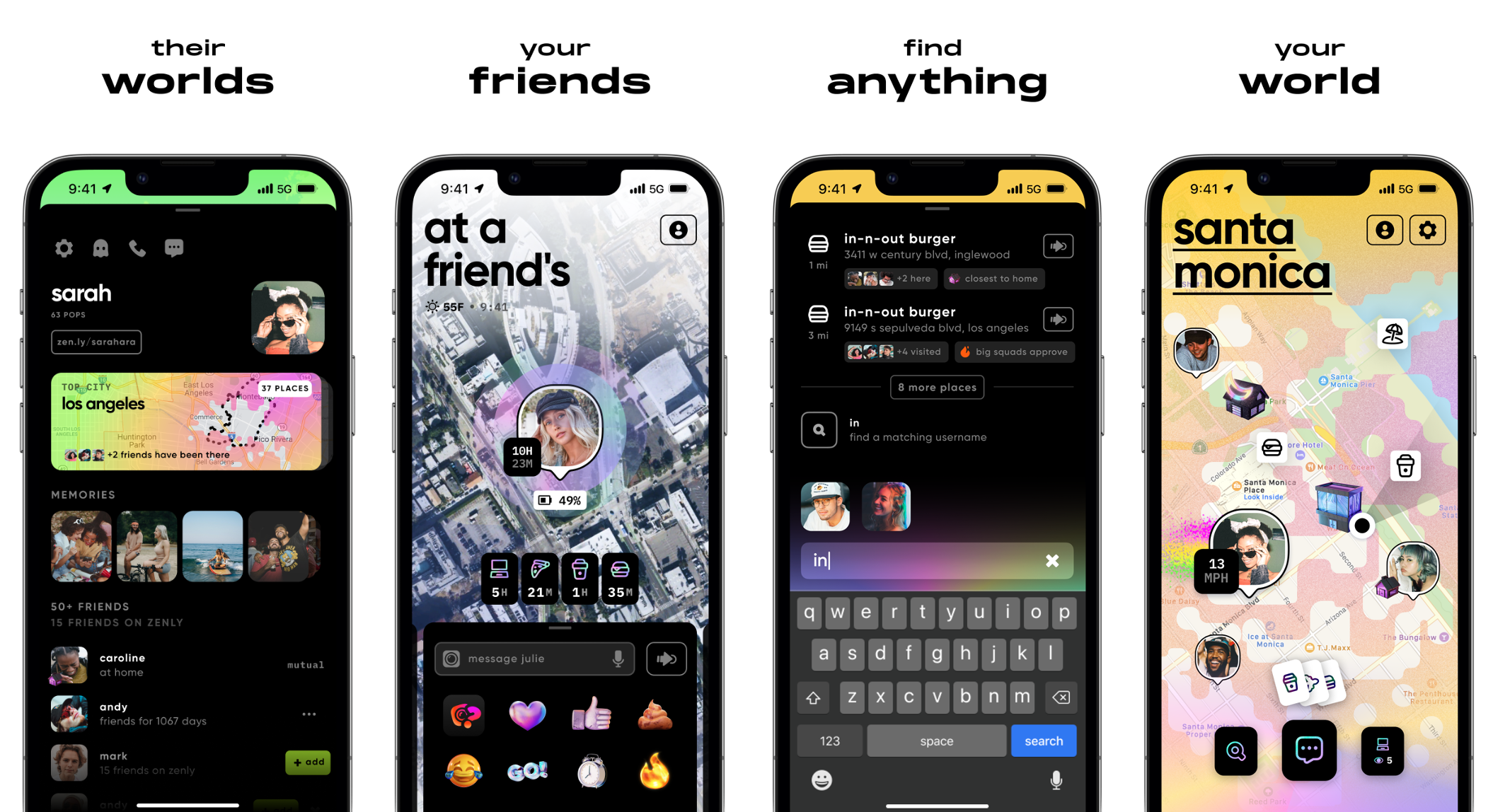In a long white room on the top floor of the Saatchi Gallery in London, Tom Best bangs his gavel on his rostrum and shouts, “The gentleman bids at £1,800. I’m selling to you sir!” The gentleman waves his phone in response.
A gavel is a hammer, a rostrum is a podium and Best is a 31-year-old auctioneer who wants to make buying art “more normal”. To this end, he set up The Auction Collective which organises pop up exhibitions and auctions that put people and art in the same space - physical or virtual - and streamlines the payment process.
“There is so much pomp and ceremony in the art world,” said Best. “Instead of being able to pay by card, you have to do a transfer, there are lots of fees, buyer’s commission, you can’t take the artwork home on the same day.”
Auction attendees download a paddle onto their phone, a bit like a digital boarding pass, and then they wave it at the auctioneer when they want to bid on a work of art. People can also bid in absentia during the auction by calling in, or put in an online bid before the auction starts.
“I started to see lots of artists who were unrepresented and wanted to put on a show,” said Best, who connects with artists directly, at graduate fairs or on Instagram, and takes a 35% commission. “At the same time, friends of mine want[ed] to buy one-off pieces but they didn’t know where to look. The art world is an unknown market and how do you know if what you’re buying is worth it?”
In 2015, Best quit his job as the then-youngest auctioneer at Christie’s Auction House, when the company sold Picasso’s Femme d’Alger for $179.4m, breaking the world record for the most expensive painting ever auctioned. The combination of that extravagance and the war in Syria led him to work in the humanitarian sector. But two years later he was pulled back in by his love for auctions and started The Auction Collective as a passion project. (In the meantime, the Picasso auction sale was beaten by Leonardo da Vinci’s Salvator Mundi, which sold for $450.3m; and Italian artist Maurizio Cattelan created a fully-functioning solid gold toilet as a comment on the “excesses of the art market.”)
Best, who started working full time on this in July 2018, says that his startup isn’t trying to disrupt the market - he wants to work in collaboration. He joins a number of other startups that are trying to open up the art market, such as ArtLand, a Danish startup founded in 2016, which connects art collectors and galleries; ArtFinder, an online marketplace for original artworks; Maecenas, a blockchain-powered platform that facilitates investment in fine art; and the Austrian app Artvive, which uses AR to make classic art more interactive and playful.
To attract wider participation, Best focuses on the lower end of the market. His most recent auction, Abstract: Reality at the Saatchi gallery, had starting bids at £150, and previous auctions have started at £70. Half of his sales go to first time buyers and 90% of his artists would not have sold works at auction before. John Taylor, an artist who was scouted via Instagram, had his works auctioned for the first time at the Paper Scissors Stone auction in November. Taylor says that Instagram cuts out the art dealer, who would usually take 50% commission. “It is quite exciting. You are there waiting to see what will happen. I had two pieces and they actually sold!” he said of the experience.
But they don’t always sell. At Abstract: Reality, only half of the paintings were sold at the end of the evening, which Best says was because he included some “exciting pieces that make a good show [but are] not very commercial”. As for the buyers, they were mostly amateur but not first timers. Cecile, a 37-year-old woman working in real estate, took home the geometric painting Search Engine by Katia Angeli for £1,300. She doesn’t consider herself an art collector, but she owns a few 20th century collages and canvases. Pablo Sendagorta is a bit more serious. He bought three paintings though not as investment. “I buy just by looking [at the artwork] and how I am feeling,” he said, before cutting our conversation short to wave his iPhone/paddle and secure a hyper-realist painting of a bucket bearing the words “fuck it”.
For Best, having a physical show and auction is important as, he says, being with others in the auction room as the bidding happens can help demystify the art market. “If you get people in the room, they realise the price isn’t bad. One buyer was invited by a friend and saw something she liked and bought it for £800,” he said. “At the September auction, one waitress [working at the gallery] ended up buying a work for £230.”
ArtLand CEO Mattis Curth also views the social component as essential in making the art world more accessible, but he doesn’t think it needs to be in person. ArtLand connects art collectors with galleries to buy from, and hosts VR exhibitions; but the most important aspect, he says, is the creation of an online community where experienced and novice collectors can chat about art. “It is important that the art is attractive on an aesthetic and an emotional level,” said Curth, whose platform currently has 30,000 users, 30% of which are first time buyers. “But there is also a social element - normally it’s about meeting people, having a glass of wine, and discussing art. Most people will not buy without discussing with other collectors and it is sometimes difficult to find these peers.”
The online marketplace ArtFinder was set up to be like a “dating site” matching original artwork to buyers, who may not know what they are looking for or what they like. Jonas Almgren, ArtFinder’s CEO from 2012 to 2017, said that during his time there, they saw growth but “the average value [of artwork sold] went up more than the number of artworks sold”. He admits that the startup did not sufficiently focus on “onboarding” or “handholding” art market novices. “People have to be confident in what they love,” says Almgren, adding that this could be helped with a function that recommends artists based on your past purchases or browsing history.
While Best is committed to the IRL auction, he is looking into developing a VR function to allow people to experience the event and get a feel for the artworks from afar. I ask him if it will be like a theatrical eBay for art. He laughs: “I hope it’s more than eBay. Or do I? Probably not, eBay is easy to use.”


